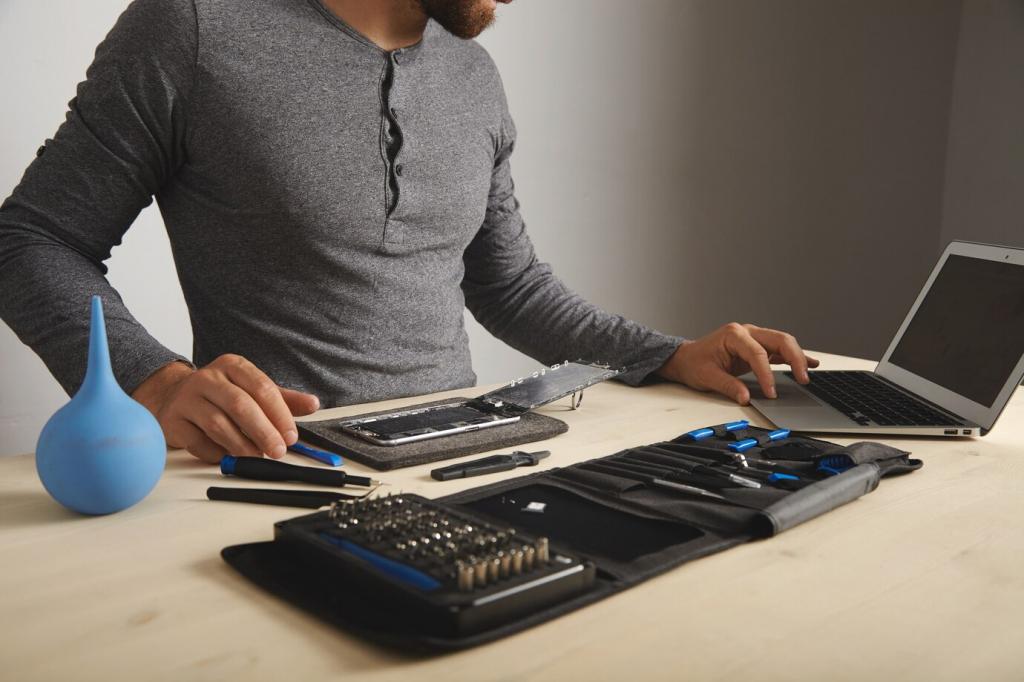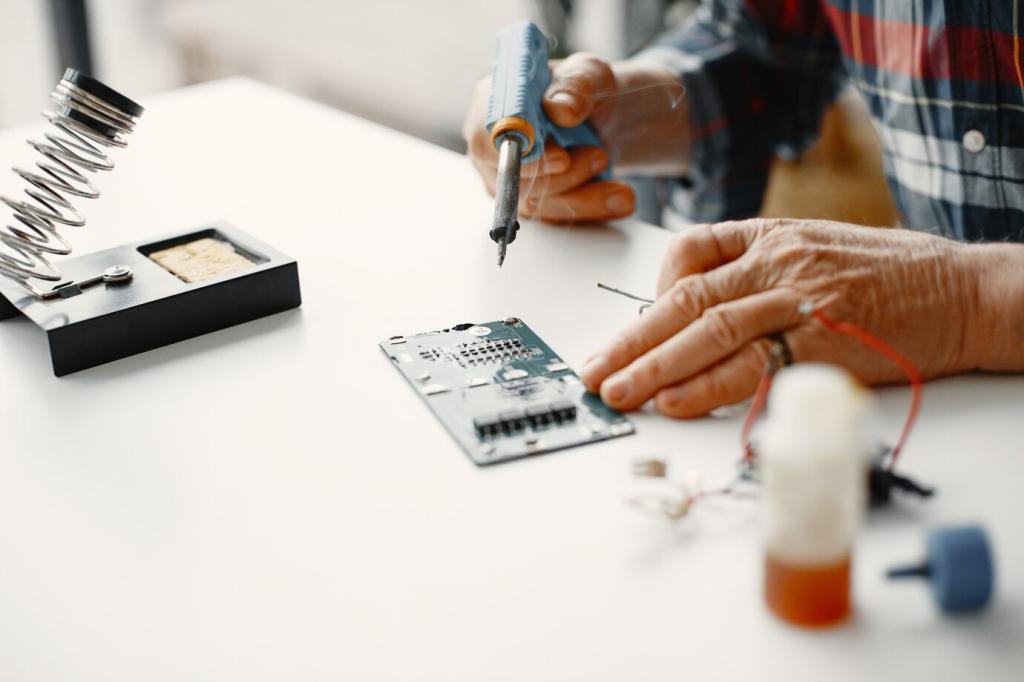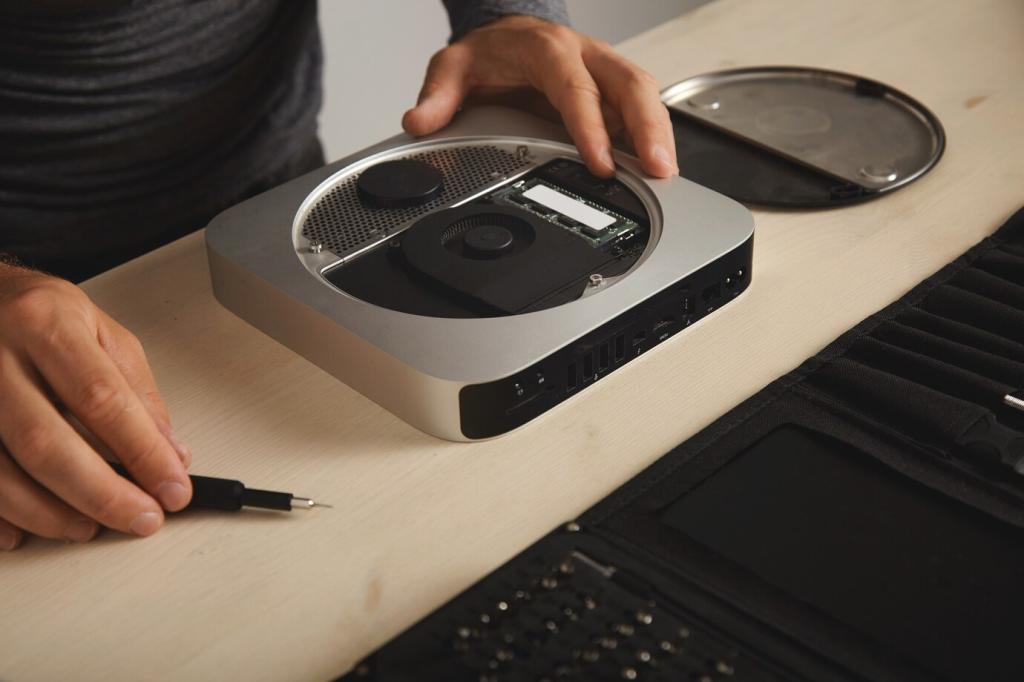Project: RGB Mood Lamp With a Cozy Knob Twist
Use a common-anode RGB LED or a small LED strip module, three current-limiting resistors, and a 10k potentiometer. Map the pot’s middle pin to an analog input, then feed PWM pins for red, green, and blue. Take your time and double-check grounds.
Project: RGB Mood Lamp With a Cozy Knob Twist
Read the potentiometer, map values to 0–255, and blend channels for smooth transitions. Try warm sunrise tones near the low range and cool ocean hues at the high end. Post your favorite color recipes in the comments for others to try.








